Austin, David. The Rose. Woodbridge UK: Garden Art Press, 2012.
Brenner, Douglas, and Stephen Scanniello. A Rose by any Name: The Little-Known Lore and Deep-Rooted History of Rose Names. Chapel Hill NC: Algonquin Books, 2009.
Desmond, Ray. Dictionary of British & Irish Botanists and Horticulturists Including Plant Collectors, Flower Painters and Garden Designers. London UK & Bristol PA: Taylor & Francis, 2006.
Dickerson, Brent C. The Old Rose Adventurer: The Once-Blooming Old European Roses, and More. Portland OR: Timber Press, 1999.
Dickerson, Brent C. Roll Call: The Old Rose Breeder: A Gazeteer of Breeders, Introducers, and Their Roses Through 1920. Old Rose Researcher Book 1. San Jose CA: Authors Choice Press, 2000.
Ellwanger, H.B. The Rose: A Treatise on the Cultivation, History, Family Characteristics, etc., of the Various Groups of Roses, with Accurate Descriptions of the Varieties Now Generally Grown. Revised edition. New York: Dodd, Mead & Company, 1908.
- Available via Internet Archive at: https://archive.org/details/rosetreatiseoncu00ellwiala
Harkness, Peter. The Rose: An Illustrated History. London UK: Firefly Books Ltd., 2003.
Hart, Rhonda Massingham. Deerproofing Your Yard & Garden. North Adams MA: Storey Publishing, 2005.
Joyaux, François. La rose, une passion française : histoire de la rose en France 1778-1914. Brussels, Belgium: Éditions Complexe, 2001.
McCann, Sean. The Rose: An Encyclopedia of North American Roses, Rosarians, and Rose Lore. Mechanicsburg PA: Stackpole Books, 1993.
Modern Roses XI: The World Encyclopedia of Roses. San Diego CA: Academic Press, 2000.
Quest-Ritson, Charles and Brigid. Encyclopedia of Roses. New York: DK Publishing, 2011.
Roberts, Andrew V., Thomas Debener, and Serge Gudin, eds. Encyclopedia of Rose Science. Volumes I, II, and III. Oxford UK and San Diego CA: Elsevier Academic Press, 2003.


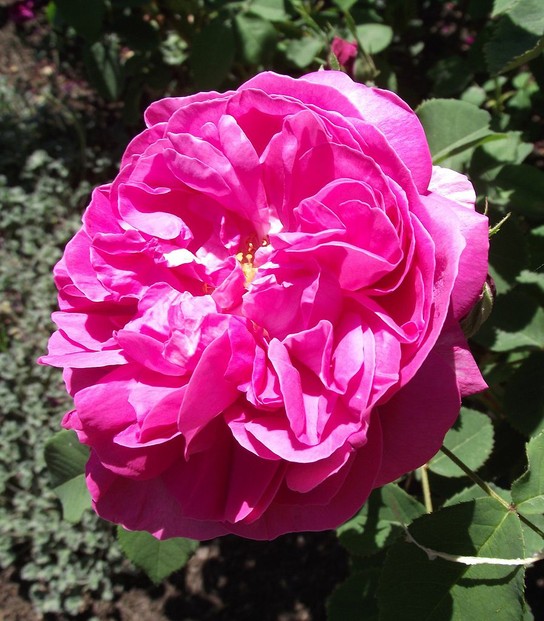
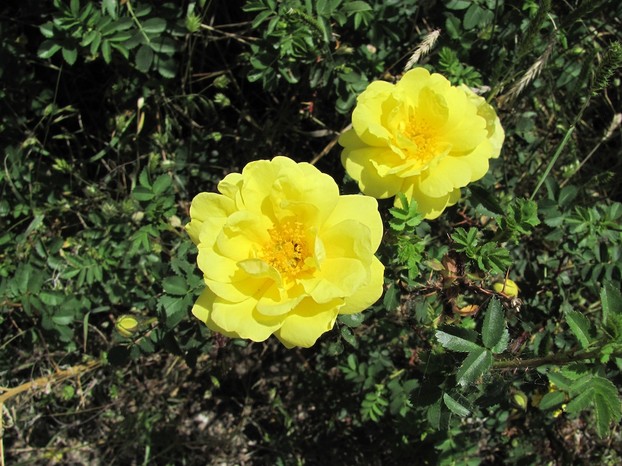
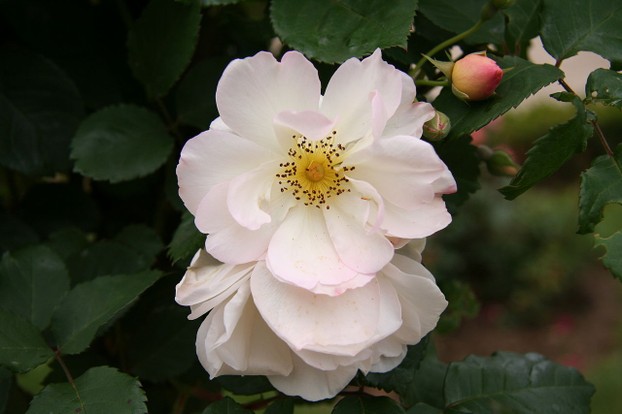
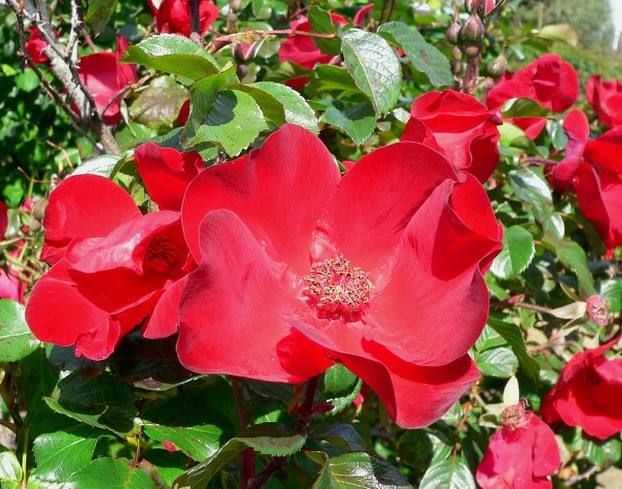
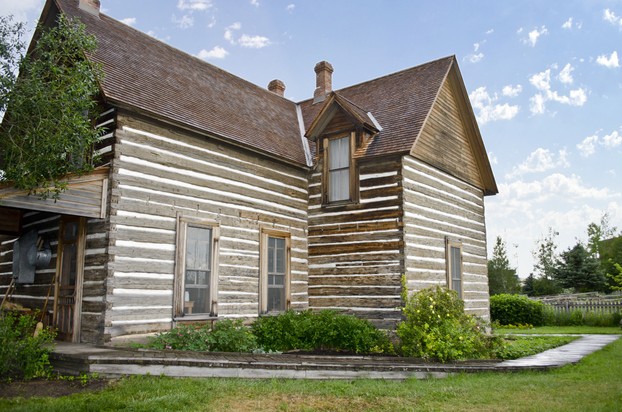
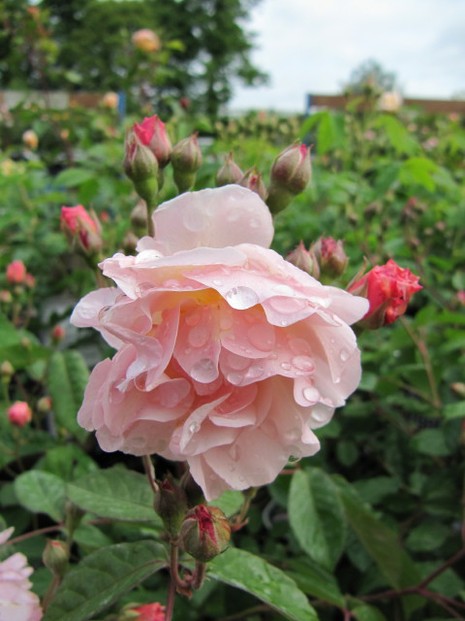
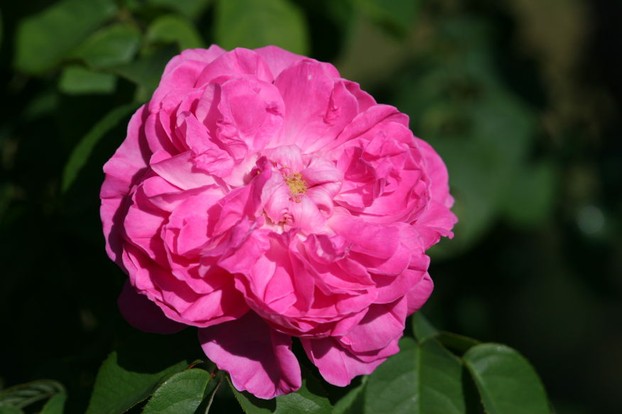
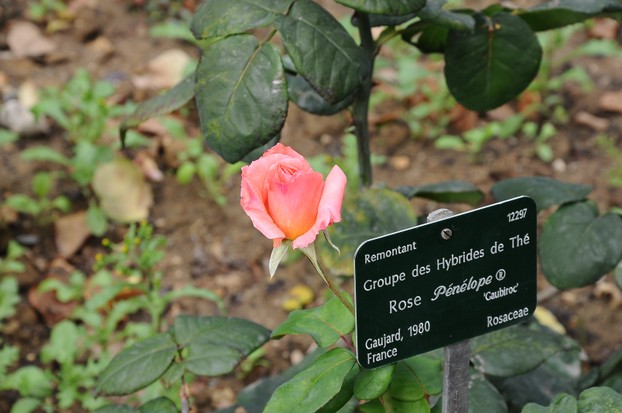





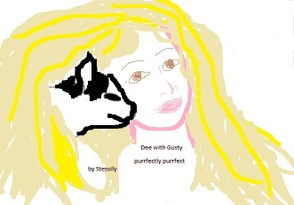
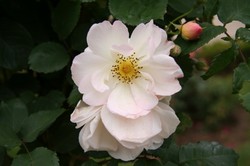

 Are Hawaiian Huakai Po Nightmarchers Avenging Halloween Thursday?on 10/02/2024
Are Hawaiian Huakai Po Nightmarchers Avenging Halloween Thursday?on 10/02/2024
 Mailing Addresses for 2023 Form 4868 Extending 1040 and 1040SR April 15, 2024, Due Dateon 04/15/2024
Mailing Addresses for 2023 Form 4868 Extending 1040 and 1040SR April 15, 2024, Due Dateon 04/15/2024
 Mailing Addresses for 2023 Forms 1040 and 1040SR Filed in 2024on 04/15/2024
Mailing Addresses for 2023 Forms 1040 and 1040SR Filed in 2024on 04/15/2024
 Mailing Addresses for 2022 Form 4868 Extending 1040 and 1040SR April 18, 2023, Due Dateon 04/13/2023
Mailing Addresses for 2022 Form 4868 Extending 1040 and 1040SR April 18, 2023, Due Dateon 04/13/2023

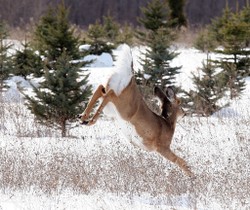
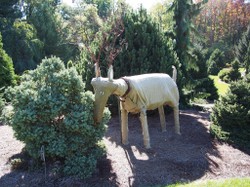
Comments
KathleenDuffy, Me, too, I find these four roses to be quite gorgeous. It's nice to know that natural measures for diverting deer from garden treasures can and do prettify the landscape.
I also love the crystal roses!
Gorgeous roses! And I love the faceted crystal roses. Lovely article.